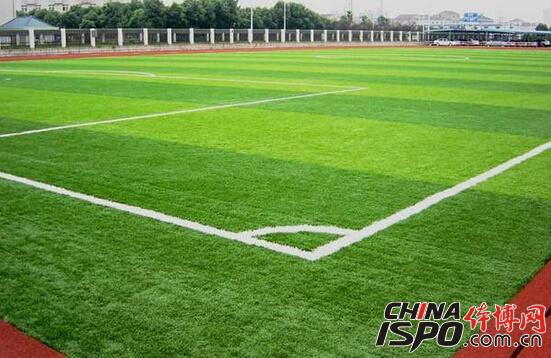Natural turf football venues Due to changes in air temperature throughout the year, grasses also have different changes during the growth process. Coupled with the use of sports grounds and the erosion of natural pests, different management methods are also required.

Irrigation work
The irrigation time of the grass field should be 0 to 11 o'clock every morning in the morning, and it can be at noon in the summer season, but it is better to use a spray, mainly to cool the grass seedlings to prevent the temperature of the sun from rising and hurt the grass blades. . The amount of irrigation water is 30mm/week for warm grass, 25~28mm/week for cold grass, and 12~20mm/3~4d for sandy soil football grounds. Water can be poured during a particularly dry winter season. But notice that the best surface is not watery and frozen.
Football pitches, do not pour water before the game. Do not pour water in the late afternoon.
2. Clipping work
Every time you cut grass, you should control 1/3 of the length of the grass. After the grass is cut, it should be cleared in time and must not be covered in the grassland. When the general grass seedling grows well, tall grass should be in the range of 50~70mm, general grass seedlings should be controlled at 25~28mm, and bluegrass grasses should be between 38~63mm.
Football pitches need to be pruned between 25~40mm before the game.
Cutting time to check the grass leaves no water, especially dew, generally controlled after sunrise, when the surface of grass blades dry cut repair.
3. Fertilization work
There are many types of fertilizers such as potassium, phosphorus, calcium, and fast-acting urea, and slow-moving organic fertilizers. The amount and time of fertilization are different, especially nitrogen. The safe amount of nitrogen applied after germination in spring should be 2g/m2 once, and it is required to avoid the use of nitrogen before or during the rainy season. Under normal circumstances, the use of nitrogen should be controlled at 2.5 to 5.0 g/m2. After the summer rainy season, nitrogen should be applied once. The application rate is best controlled at 2g/m2. Summer can not be applied to cold-land grass nitrogen fertilizer, because this period, nitrogen turf grass can be weakened, thereby reducing the resistance of the lawn, to promote disease, can be applied in the early summer when the summer nitrogen, especially as early maturing Grasses and underground stems grow faster than others, and the amount of nitrogen used in this period should be 5 g/m2. In the late autumn when growth stops in the ground, fertilization is to increase the amount of root accumulation, and the amount of nitrogen applied is preferably controlled at 5 g/m2. Potassium fertilizer application can increase the cold resistance of plants and maintain the resistance to the environment. Similar to nitrogen, the amount of phosphate fertilizer should not be too much. It is recommended that the application amount be 1/3 of nitrogen.
Natural grassland, from spring to summer, has yellow seedlings. The reasons are many, such as soil moisture phenomenon or knot board phenomenon, nutritional deficiencies, coupled with temperature changes such as warm winter or cold winter, management errors such as fertilization Excessive trimming, improper trimming, etc. require careful investigation and analysis. The general remedy method can be to use spray iron (ferrous ferrous sulfate, etc.) to increase the color of the leaves and enhance photosynthesis, promote root growth, and spray iron in autumn and winter. On the one hand, it maintains the green color of the leaves while enhancing the cold resistance of the grass roots.
Others Household Items,Plush Indoor Slipper,Cartoon Character Slipper,Custom Slipper
Guangdong Hayidai Toys Co., LTD. , https://www.hayidaiusa.com